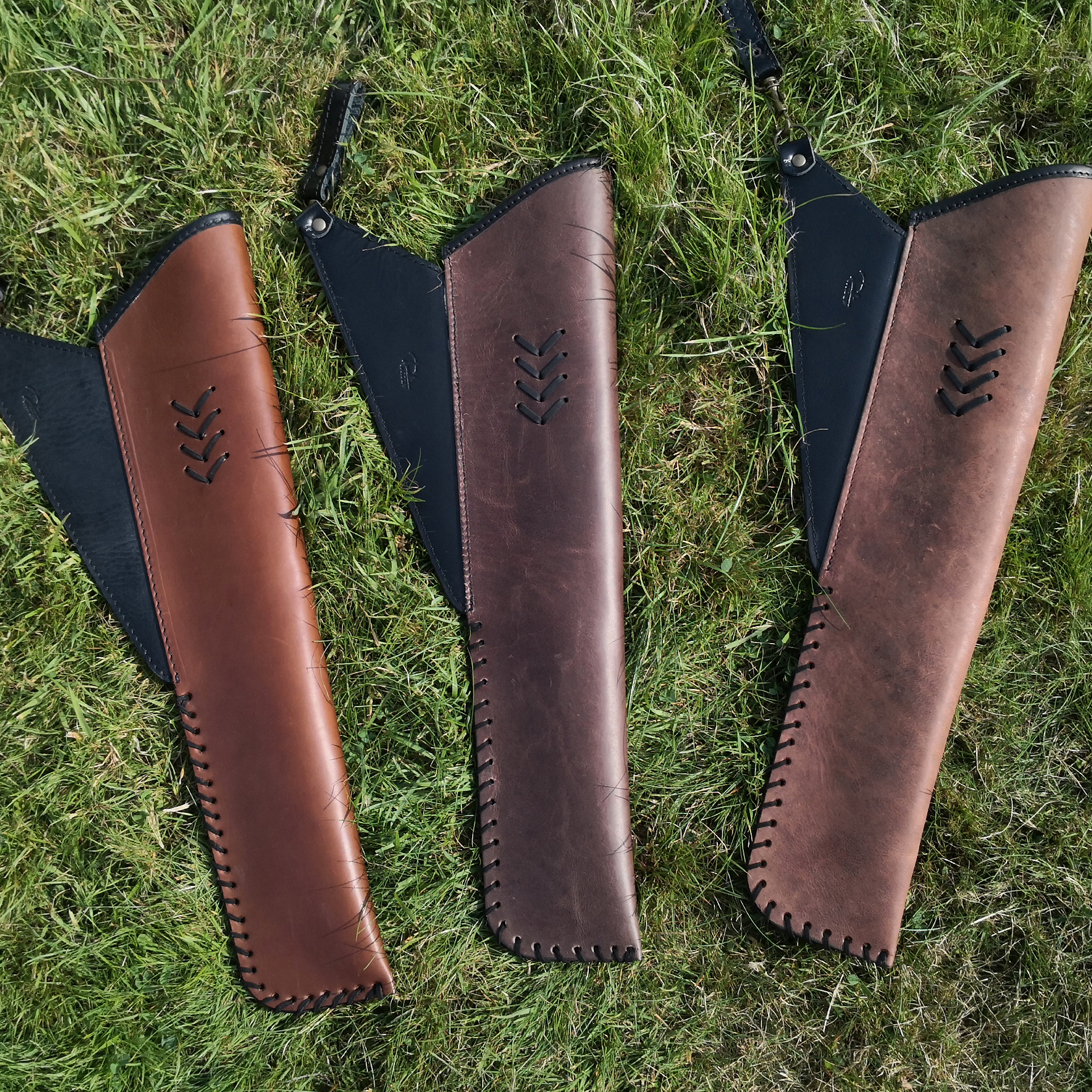
There are currently manufactured and marketed arrow headsĪlong with the evolution of armors the evolution of weapon owners started out as well. Which diverges in shape from the classical ones used in battles: these are semilunar orįork-shaped arrowheads that were probably used for lion hunting. Of the „lion hunters’ risen form the city of Uruk, for example- a sort of arrow appears In some of the contemporary images-on the 3rd Century BC stone slabs Those made of bone were frequent too, more over on the steppes of Eastern MongoliaĪnd in the neighboring areas finely polished jade arrow heads as well remained in use forĪ long time. On the peripheries along with the brass arrow heads, The Asian territories two winged, „horny” brass arrow heads were more common and preferable, while around the western areas three winged arrow heads were wide-spread. Is not of great importance regarding our research-they were mainly regional versions of Nevertheless it is not in our intention to give a close insight on all of the variations, as it The shapes of the „horny” brass arrow heads of the Scythian era varied on a wide range Red paint-this obviously happened only with funeral arrows. The eternal frost conserved the arrows as well, the feathers were only marked on them by Though in the Scythian grave-mounds (kurgans) of the Altai Before molding the mold was joint up andĪ small rock was placed into it to substitute the sheath of the arrow.Īfter it had chilled the edges of the arrow head were polished and sharpened even more.įollowing this an arrow made of birch or ash-tree was set into the tunnel of the arrow head, while onto the Three separate pieces of talc refined together. Negative of the shape was carved into talc– in case of three winged arrowheads they used

Winged arrow heads were made, what’s more the wings were formed “gappy”. Later with the evolution of molding techniques three Initially, until the 6th Century BC brass arrow heads came with a tunnel, they wereĭouble winged and fairly large. Still took after that of brass heads– people in those times still didn’t make use of the Occasionally some arrowheads made of iron turned up, but their shape

The technique of brass molding was less costly and more adequate for

Initially they were rather stout, but before long they started to have a moreĮven though the appearance of compound reflex-bows coincides more or less with theīeginnings of the early Iron Age, until the 2nd Century BC. With the iron ages setting in stone arrowheads were displaced by brass Arrowheads in the ancient times, were made of wood,bone or stone.


 0 kommentar(er)
0 kommentar(er)
